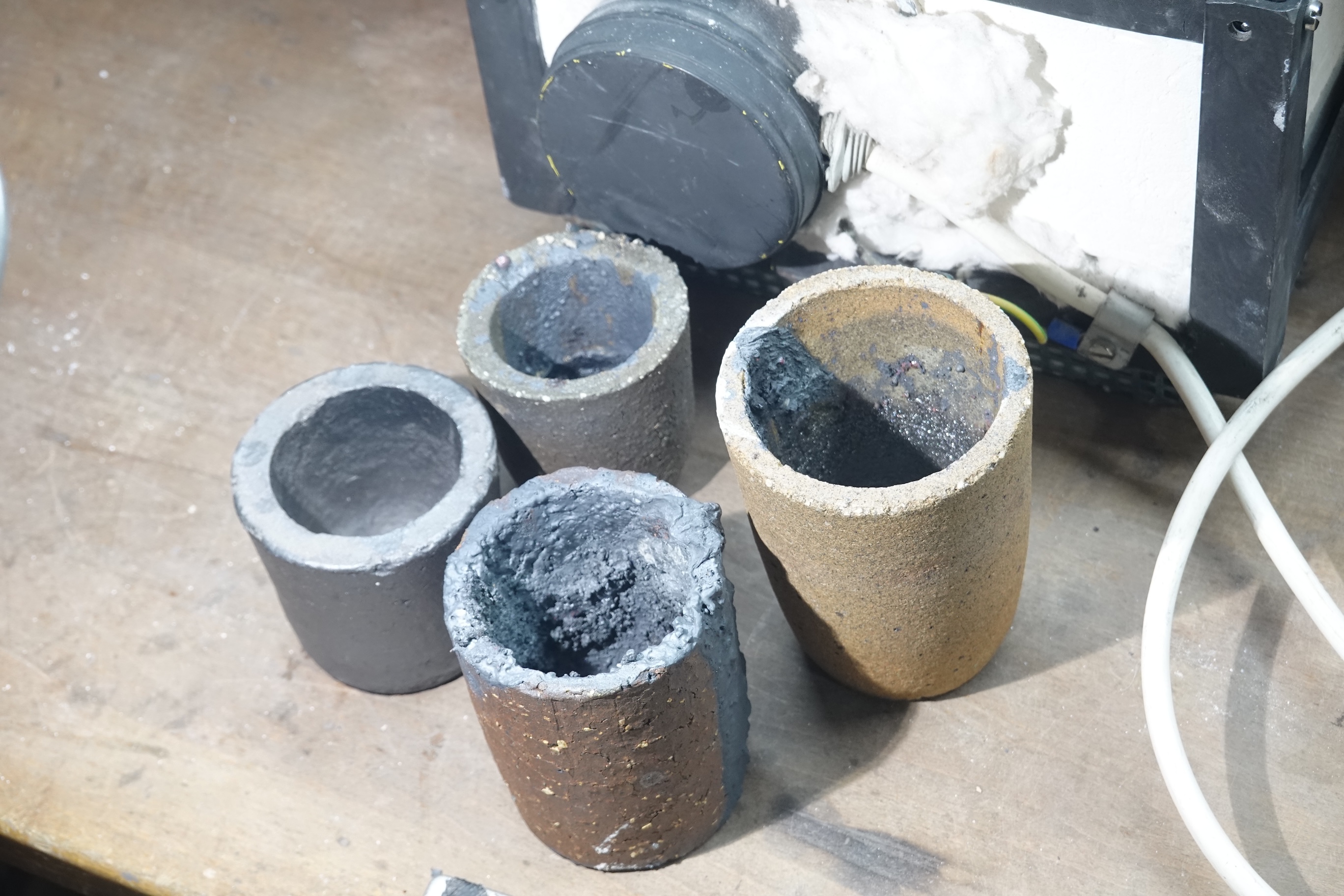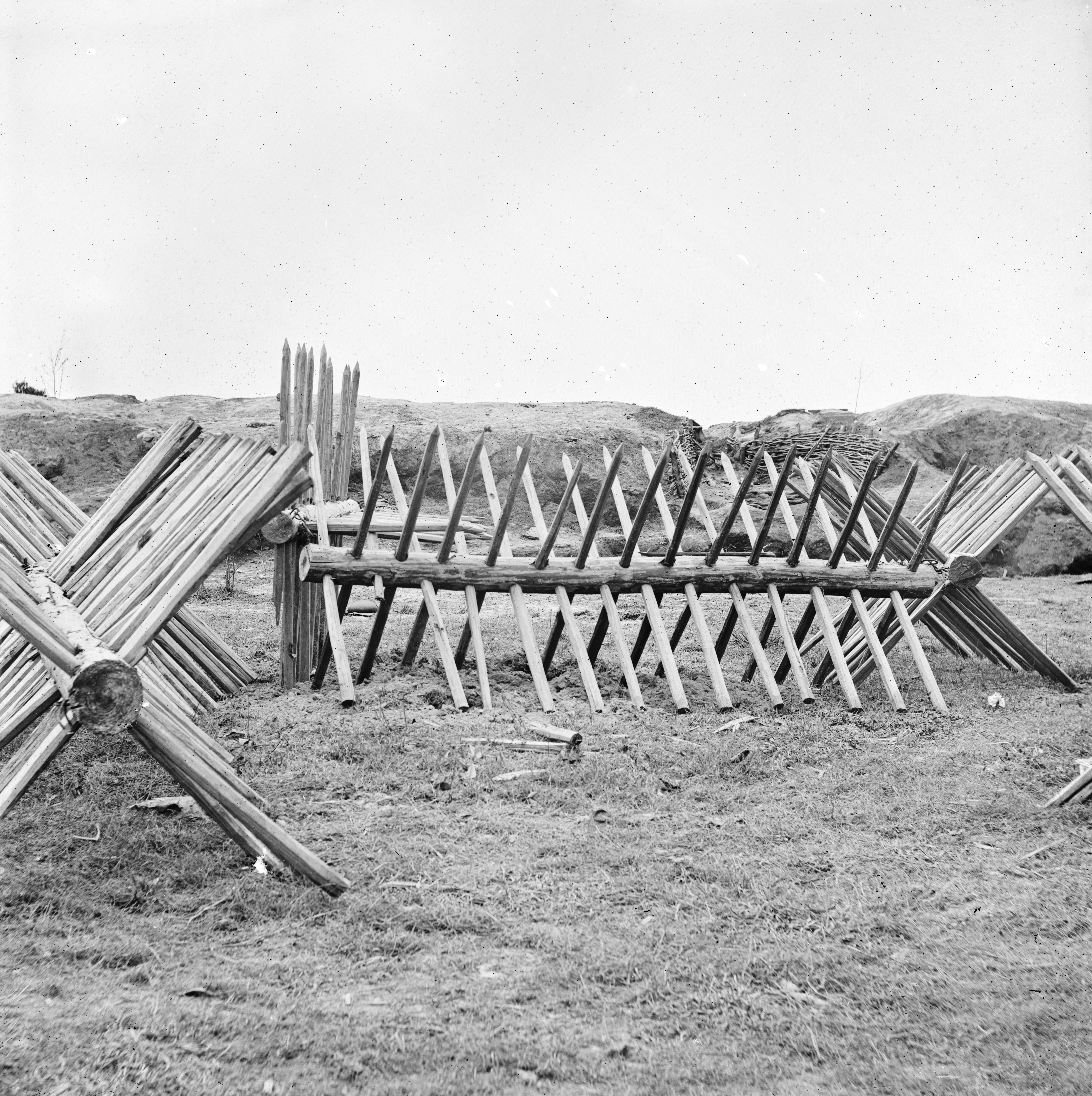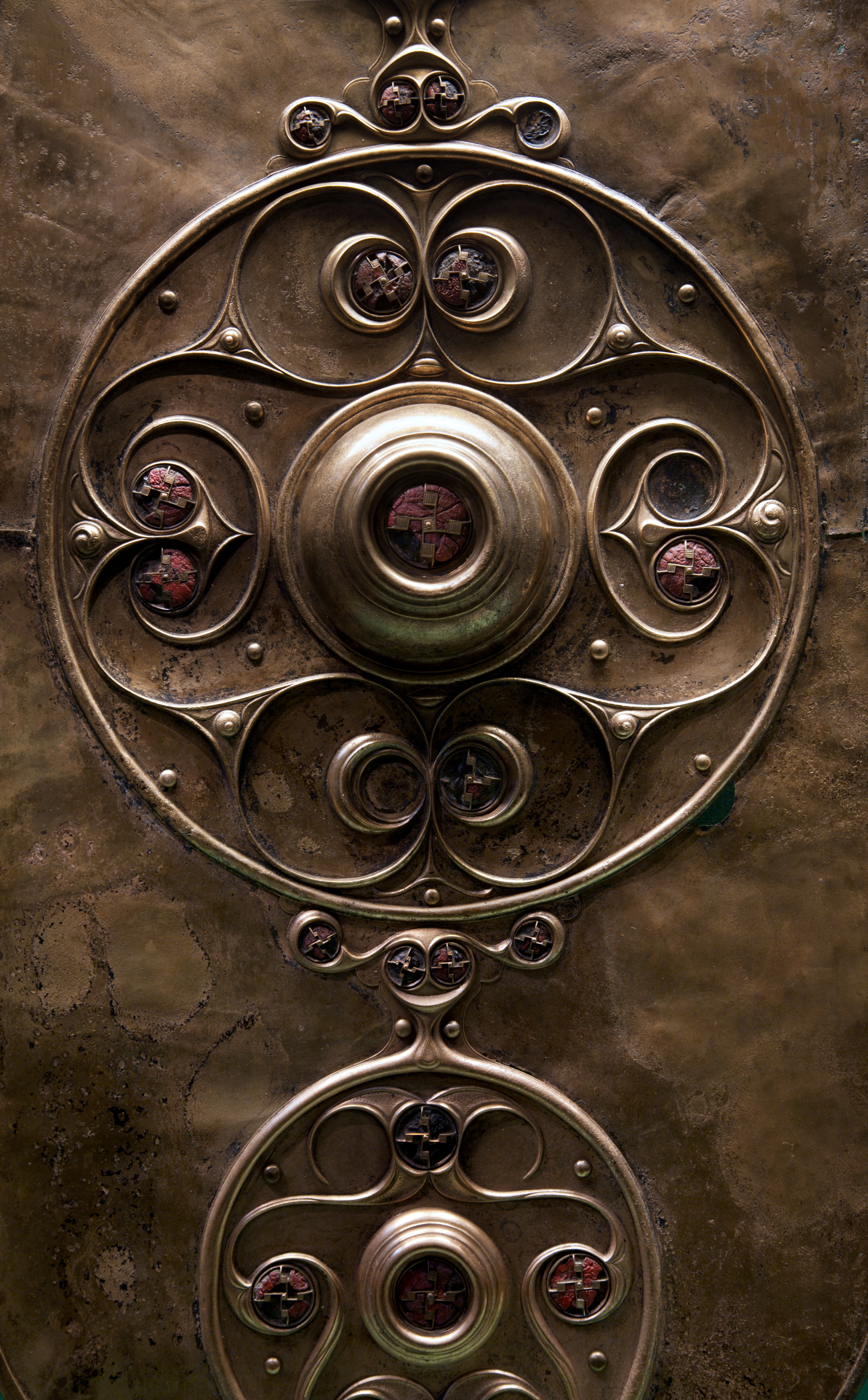|
Southgate, Crawley
Southgate is one of the 14 residential neighbourhoods in Crawley, a town and Borough status in the United Kingdom, borough in West Sussex, England. Crawley was planned and laid out as a New towns in the United Kingdom, New Town after the Second World War, based on the principle of self-contained neighbourhoods surrounding a town centre of civic and commercial buildings. Southgate was one of the four in the "inner ring" closest to the town centre, and was intended to be the largest of the nine designed in the original master plan. It was built in two stages between the 1950s and the 1970s, but retains some older buildings from before the New Town era and has "significant areas of pre-New Town character". The area was settled by pre-Roman people, and industrial and other artefacts from that era were found during construction of the neighbourhood. In the 19th century, after Crawley was connected to the national railway network, housing developed south of the line around the A23 r ... [...More Info...] [...Related Items...] OR: [Wikipedia] [Google] [Baidu] |
Crawley
Crawley () is a town and Borough status in the United Kingdom, borough in West Sussex, England. It is south of London, north of Brighton and Hove, and north-east of the county town of Chichester. Crawley covers an area of and had a population of 118,493 at the time of the United Kingdom Census 2021, 2021 Census. Southern parts of the borough lie immediately next to the High Weald National Landscape. The area has been inhabited since Three-age system, the Stone Age, and was a Wealden iron industry, centre of ironworking in the Iron Age and Roman Britain, Roman times. The area was probably used by the kings of Sussex for hunting.'The Kent and Sussex Weald, Peter Brandon, published by Phillimore and Company, 2003 Initially a clearing in the vast forest of the Weald, Crawley began as a settlement on the boundary of two of the sub-regions particular to Sussex, known as rape (county subdivision), Rapes, the Rape of Bramber and the Rape of Lewes. Becoming a market town in 1202, C ... [...More Info...] [...Related Items...] OR: [Wikipedia] [Google] [Baidu] |
Crucible
A crucible is a container in which metals or other substances may be melted or subjected to very high temperatures. Although crucibles have historically tended to be made out of clay, they can be made from any material that withstands temperatures high enough to melt or otherwise alter its contents. History Typology and chronology The form of the crucible has varied through time, with designs reflecting the process for which they are used, as well as regional variation. The earliest crucible forms derive from the sixth/fifth millennium B.C. in Eastern Europe and Iran. Chalcolithic Crucibles used for copper smelting were generally wide shallow vessels made from clay that lacks refractory properties which is similar to the types of clay used in other ceramics of the time. During the Chalcolithic period, crucibles were heated from the top by using blowpipes.Hauptmann A., 2003, ''Developments in copper Metallurgy During the Fourth and Third Millennia B.C. at Feinan'', Jordan, P ... [...More Info...] [...Related Items...] OR: [Wikipedia] [Google] [Baidu] |
Toll House
A tollhouse or toll house is a building with accommodation for a toll collector, beside a tollgate on a toll road, canal, or toll bridge. History Many tollhouses were built by turnpike trusts in England, Wales and Scotland during the 18th and early 19th centuries. Those built in the early 19th century often had a distinctive bay front to give the pikeman a clear view of the road and to provide a display area for the tollboard. In 1840, according to the Turnpike Returns in Parliamentary Papers, there were over 5,000 tollhouses operating in England. These were sold off in the 1880s when the turnpikes were closed. Many were demolished but several hundred have survived for residential or other use, with distinctive features of the old tollhouses still visible. Canal toll houses were built in very similar style to those on turnpikes. They are sited at major Lock (water navigation), canal locks or at junctions. The great age of canal-building in Britain was in the 18th century, so t ... [...More Info...] [...Related Items...] OR: [Wikipedia] [Google] [Baidu] |
Turnpike Trust
Turnpike trusts were bodies set up by individual Acts of Parliament in the United Kingdom, Acts of Parliament, with powers to collect road toll road, tolls for maintaining the principal roads in Kingdom of Great Britain, Britain from the 17th but especially during the 18th and 19th centuries. At the peak, in the 1830s, over 1,000 trusts administered around of turnpike road in England and Wales, taking tolls at almost 8,000 toll-gates and side-bars. During the early 19th century the concept of the turnpike trust was adopted and adapted to manage roads within the British Empire (Ireland, Canada, Australia, New Zealand, India, and South Africa) and in the United States. Turnpikes declined with the Railway mania, coming of the railways and then the Local Government Act 1888 gave responsibility for maintaining main roads to county councils and county borough councils. Etymology The term "turnpike" originates from the similarity of the gate used to control access to the road, to ... [...More Info...] [...Related Items...] OR: [Wikipedia] [Google] [Baidu] |
Surrey
Surrey () is a Ceremonial counties of England, ceremonial county in South East England. It is bordered by Greater London to the northeast, Kent to the east, East Sussex, East and West Sussex to the south, and Hampshire and Berkshire to the west. The largest settlement is Woking. The county has an area of and a population of 1,214,540. Much of the north of the county forms part of the Greater London Built-up Area, which includes the Suburb, suburbs within the M25 motorway as well as Woking (103,900), Guildford (77,057), and Leatherhead (32,522). The west of the county contains part of Farnborough/Aldershot built-up area, built-up area which includes Camberley, Farnham, and Frimley and which extends into Hampshire and Berkshire. The south of the county is rural, and its largest settlements are Horley (22,693) and Godalming (22,689). For Local government in England, local government purposes Surrey is a non-metropolitan county with eleven districts. The county historically includ ... [...More Info...] [...Related Items...] OR: [Wikipedia] [Google] [Baidu] |
Ifield, West Sussex
Ifield is a former village and now one of 14 neighbourhoods within the town of Crawley in West Sussex, England. Ifield is in the west of the town and is bordered by Ifield West, Horsham, Langley Green to the north east, West Green to the east across the ring road and Gossops Green and Bewbush to the south across the Arun Valley railway line. History The name Ifield is derived from "Yew-field". There were many Yew trees in the parish, and some can be seen in the churchyard of St Margaret's Church. Ifield contains some of the most historic parts of Crawley, and there is a mention in the Domesday Book: "it is and was worth 20 shillings", where Ifield was spelt Ifelt. Locally there is much evidence of Saxon iron works and a stretch of Roman Road still exists today known locally as the "Quarter Mile". St Margaret's Church was built in the 13th century. It contains both the grave of Mark Lemon (the first editor of '' Punch''), and the Holles family vault. Adjacent to St Marga ... [...More Info...] [...Related Items...] OR: [Wikipedia] [Google] [Baidu] |
Worth, West Sussex
Worth is either a civil parish in the Mid Sussex District of West Sussex, or a distinct but historically related village in Crawley. Civil parish Worth is a civil parish in the Mid Sussex District of West Sussex, a county in southeast England. It includes the villages of Copthorne and Crawley Down, and covers an area of . The population at the time of the 2001 census was 9,888. In the 2011 census it had increased to 10,378. The parish of Worth was one of the larger West Sussex parishes, encompassing the entire area along the West Sussex/Surrey border between the town of Crawley, east of its High Street, and East Grinstead. The creation of Turners Hill civil parish brought Worth to a third of its original size. Despite their names, neither Worth Abbey, an English Benedictine monastery, nor Worth School are located in the modern Worth civil parish. They are in what is now Turners Hill civil parish. Village Worth village is now an area within the neighbourhood of Pound Hil ... [...More Info...] [...Related Items...] OR: [Wikipedia] [Google] [Baidu] |
St John The Baptist's Church, Crawley
St John the Baptist's Church is an Church of England, Anglican church in Crawley, West Sussex, England. It is the parish church of Crawley, and is the oldest building in the town centre, dating from the 1250—although many alterations have been made since, and only one wall remains of the ancient building. In September 2017, a team from St Peter's Church, Brighton, St Peter's Brighton began a new phase in the life of St John's Crawley. St John's offer a variety of services, traditional and informal, and contemporary services. St John's is a Holy Trinity Brompton (HTB network, HTB) network church. History In the Normans#England, Norman era, Slaugham and Cuckfield were the most important places in the north of the county of Sussex. When Crawley first started to develop as a village in the 13th century, it was in the parish of Slaugham in the Hundred (country subdivision), Hundred of Buttinghill (hundreds were ancient divisions of land covering several parishes). As the new vil ... [...More Info...] [...Related Items...] OR: [Wikipedia] [Google] [Baidu] |
Half Moon Pub, Brighton Road, Southgate, Crawley
One half is the multiplicative inverse of 2. It is an irreducible fraction with a numerator of 1 and a denominator of 2. It often appears in mathematical equations, recipes and measurements. As a word One half is one of the few fractions which are commonly expressed in natural languages by suppletion rather than regular derivation. In English, for example, compare the compound "one half" with other regular formations like "one-sixth". A ''half'' can also be said to be one part of something divided into two equal parts. It is acceptable to write one half as a hyphenated word, ''one-half''. Mathematics One half is the rational number that lies midway between 0 and 1 on the number line. Multiplication by one half is equivalent to division by two, or "halving"; conversely, division by one half is equivalent to multiplication by two, or "doubling". A number raised to the power of one half is equal to its square root. The area of a triangle is one half its base and alt ... [...More Info...] [...Related Items...] OR: [Wikipedia] [Google] [Baidu] |
British Iron Age
The British Iron Age is a conventional name used in the archaeology of Great Britain, referring to the prehistoric and protohistoric phases of the Iron Age culture of the main island and the smaller islands, typically excluding prehistoric Ireland, which had an Iron Age Ireland, independent Iron Age culture of its own. The Iron Age is not an archaeological horizon of common artefacts but is rather a locally-diverse cultural phase. The British Iron Age followed the Bronze Age Britain, British Bronze Age and lasted in theory from the first significant use of iron for tools and weapons in Britain to the Romano-British culture, Romanisation of the southern half of the island. The Romanised culture is termed Roman Britain and is considered to supplant the British Iron Age. The tribes living in Britain during this time are often popularly considered to be part of a broadly-Celts, Celtic culture, but in recent years, that has been disputed. At a minimum, "Celtic" is a linguistic ter ... [...More Info...] [...Related Items...] OR: [Wikipedia] [Google] [Baidu] |
Goffs Park, Southgate, Crawley , island of Belize
{{disamb, geo ...
Goffs may refer to: Places * Goffs, California, settlement in at southeast edge of Mojave National Preserve * Goffs, West Virginia, an unincorporated community * Goffs, Nova Scotia, rural community in Canada Other * Goffs School; comprehensive secondary school and sixth form college in Cheshunt, Hertfordshire, United Kingdom See also * Goff (other) * Goffs Oak, village in Hertfordshire, United Kingdom * Goff's Caye Goff's Caye (Spanish language, Spanish: Cayo Goff) is a small island off the shore of Belize City, Belize. It sits right on the edge of the Belize Barrier Reef with waters to the south and east being only 0.6 to 3 metres deep. Goff's Caye is re ... [...More Info...] [...Related Items...] OR: [Wikipedia] [Google] [Baidu] |



